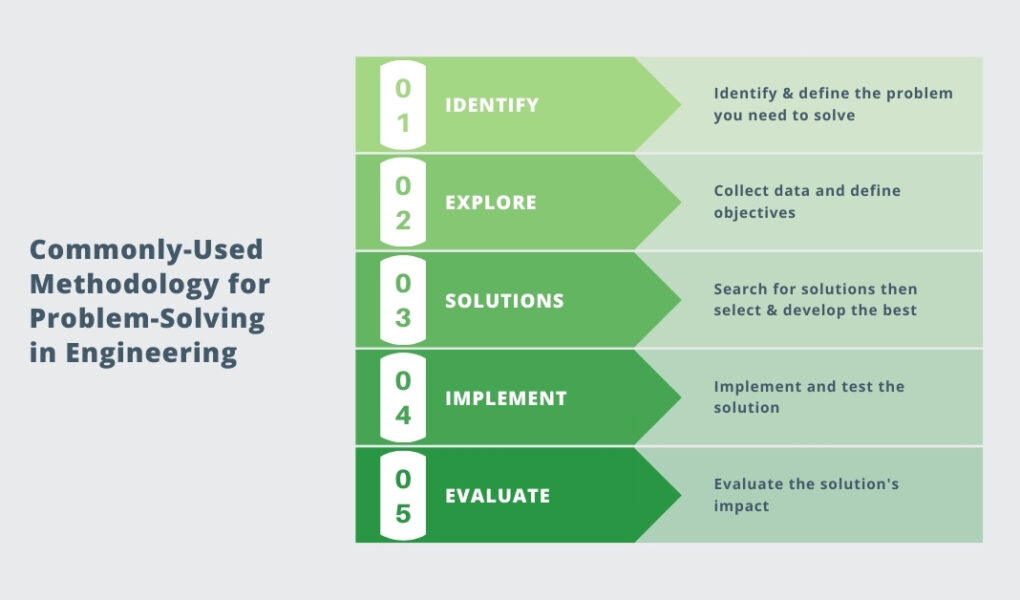Are you an engineer? Do you want to be promoted to a higher position? If so, it’s worth investing the time and effort into building your engineering career ladder. A career ladder is a set of career development steps that will lead you from one level of an organization to another. You can use this concept in both organizations and for individual careers. Creating a career ladder is good for everyone involved. Employers get to retain and attract top talent, employees get rewarded and
motivated, and everyone gets pay raises. And where will you get engineering homework help? Experts are there to sort you out.
Get More Experience
Most people think that they need to have experience to get a promotion. While having prior experience can help, it is not necessary. It’s all about demonstrating the characteristics you want and getting the work experience required for the new position.
For example, if you want to be a senior engineer, you have to show that you are a good leader. You might be able to do this by taking on a project outside of your normal work that demonstrates your leadership skills. If the project succeeds and is noticed by superiors, then you have demonstrated the characteristics of a good leader. Then, when you’re ready for promotion or if there is a senior position available, it will be offered to you.
Identify the Learning Requirements Early on
Since you can’t predict when your career will be ready for promotion, you want to set up your career ladder as early as possible. Consider each position’s responsibilities and try to determine what the next step in your progression will be. It means that you’ll need to assess your work experience and abilities to determine what knowledge/skills/abilities are missing so that you can fill in those gaps before it’s time to move on.
Identify the Learning Requirements Early on
Since you can’t predict when your career will be ready for promotion, you want to set up your career ladder as early as possible. Consider each position’s responsibilities and try to determine what the next step in your progression will be. It means that you’ll need to assess your work experience and abilities to determine what knowledge/skills/abilities are missing so that you can fill in those gaps before it’s time to move on.
Define your goals
Once you have the learning requirements, identify and prioritize your goals. The more specific you are, the easier it will be for you to make progress. Identify your current career level (or a level that is just above), define what success looks like, and then develop some specific learning steps that will help you accomplish those goals. Then develop some reasonable time frames for each step so that you can measure your progress to date.
Define your tracks
Once you have your goals and time frames, it’s time to analyze your boss’ expectations. It is important to consider the structure of your organization. Is advancement based on tenure, skill set, or management style? Is there an annual review process in place? Are there standardized performance evaluation tools that you should be using?
Once you know how your organization operates, you can tailor your career ladder accordingly.
Conclusion
Creating a career ladder is an effective way to gain recognition and move ahead in your organization. It also gives you a solid sense of what to expect from your employer and allows you to set realistic goals for yourself. Use it as a learning tool, apply the concept of having a target on your back, and watch your career progress.




